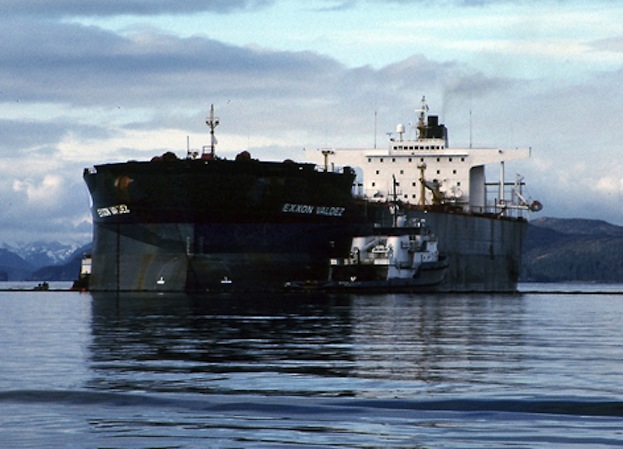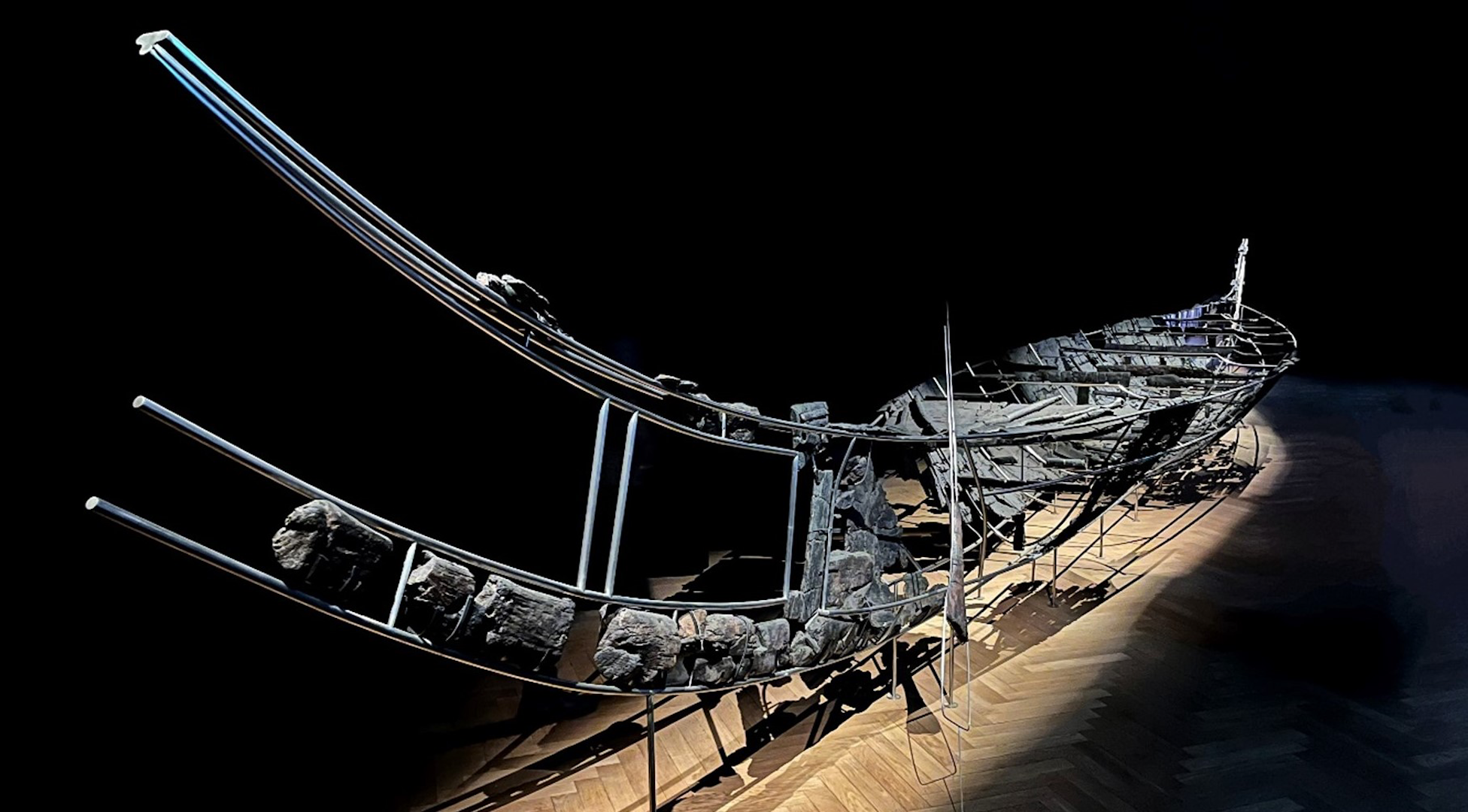Exxon Valdez 25th Anniversary: 5 Facts About the Historic Spill

Monday (March 24) marks the 25th anniversary of the Exxon Valdez oil spill, which spewed 11 million gallons (40 million liters) of crude oil into Alaska's Prince William Sound.
The disaster was the worst oil spill in U.S. history until the Deepwater Horizon spill surpassed it in terms of volume in 2011. Today, it's still possible to dig holes in beaches along the Prince William Sound and find pockets of oil left over from 1989.
As Exxon Valdez's legacy lives on and some of its environmental impacts still linger, Live Science brings you five facts about the historic spill: [See Photos of the Exxon Valdez Oil Spill]
1. The ship went back to work
The Exxon Valdez, first launched in 1986, was a mammoth oil tanker that stretched 987 feet (300 meters) in length. Four months after it ran aground on Alaska's Bligh Reef, the ship was returned to a dry dock in San Diego, Calif. But the vessel wouldn't become scrap metal until 2012. Instead it endured several name changes and makeovers. Its post-spill identities included the SeaRiver Mediterranean, the Dong Fang Ocean and the Oriental Nicety, according to an obituary published in the journal Nature.
2. Wildlife suffered
Photos of oiled seabirds and otters have become spill clichés but animals were indeed hurt by the Exxon Valdez disaster. An estimated 250,000 seabirds, 2,800 sea otters and 300 harbor seals were killed in the immediate aftermath, according to the National Oceanic and Atmospheric Administration (NOAA). Two groups of killer whales that swam through the affected parts of the Prince William Sound suffered population losses up to 41 percent in the year after the disaster, according to a 2008 study published in the journal Marine Ecology Progress Series. Sea otter populations have finally bounced back to pre-spill levels, the U.S. Geological Survey announced only this year. The herring population — once a lucrative catch for the fishing industry in the region — crashed and has never fully recovered, the Anchorage Daily News reported.
Get the world’s most fascinating discoveries delivered straight to your inbox.
3. Cleanup measures were scrutinized
Some small areas of the Prince William Sound were intentionally not cleaned because the oil spill offered environmental officials a chance to study cleanup measures, comparing how untreated areas fared against regions cleaned with high-pressure, hot water washing hoses. This type of aggressive washing works, but it can kill plants and animals in the long term and short term, officials confirmed after the Exxon Valdez spill, according to NOAA. Cleanup workers often combine this technique with other methods like containing and collecting oil so that it doesn't disperse elsewhere.
4. Oil still lingers
More than two decades after the spill, oil pockets are still found below the surface of beaches, often in places protected from winds and waves, which would help to break down and remove remaining crude. Along the Shelikof Strait coastline southwest of the spill site, researchers recently found pockets of oil from the Exxon Valdez accident. The oil was hardly weathered, as it had been sheltered behind stable boulders, the scientists said in a presentation at the American Geophysical Union's annual Ocean Sciences Meeting.
5. It prompted the Oil Pollution Act
Largely in response to the Exxon Valdez spill, the Oil Pollution Act became law in 1990. The move required oil companies to make contingency plans to prevent future spills and contain them should a spill occur. It also created the Oil Spill Liability Trust Fund to help pay for the cleanup of future disasters, granting up to $1 billion per spill.
Follow Megan Gannon on Twitter and Google+. Follow us @livescience, Facebook & Google+. Original article on Live Science.




